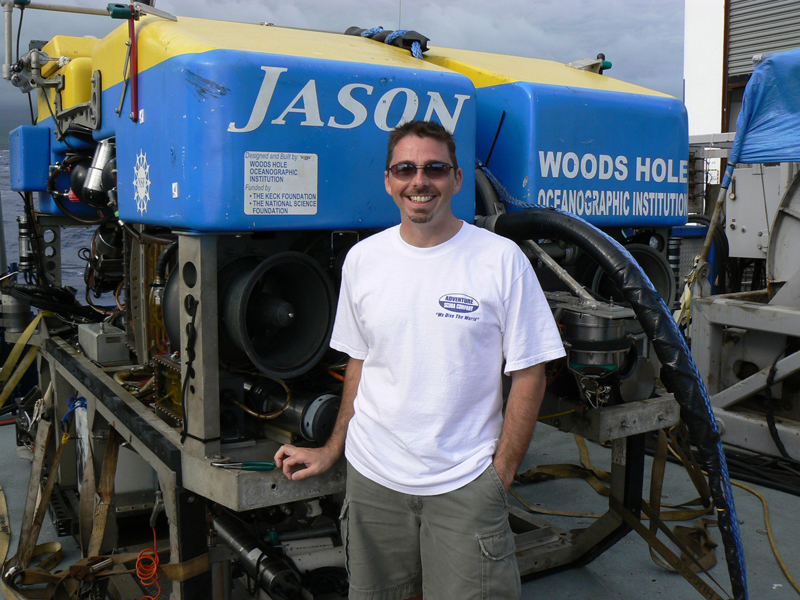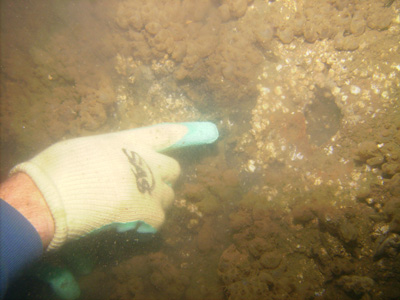The annual SHA conference will be held at Amelia Island Plantation, Jacksonville FL, from January 6 to 9, 2010. This is the biggest national conference in our field. I hope you will consider attending.
The preliminary program is posted at
sha.org/documents/SHA2010PreliminaryProgramFINAL_003.pdf
IMH will have good representation at the conference, including the following:
Thursday, January 7, 2010
SYMPOSIUM – Interdisciplinary Archaeology: Coastal Environments and Adaptations in the Americas
Presenters include Dr Stefan Claesson, president emeritusof IMH
Friday, January 8, 2010
12:00 p.m. – 1:00 p.m.
Topic 1: Archaeology on the Web (RL4)
Leader: IMH’s David Johnson, Professor of Digital Media at American University, who built the first Web site for INA and TAMU and produced what Yahoo called the first “virtual shipwreck excavation.”
Saturday, January 9, 2010
PANEL – Strategies for Developing Volunteer Teams for Underwater Archaeological Projects
Organizer: IMH’s Dr Raymond L. Hayes
Panelists: Dr Paul Johnston (Smithsonian), Tane Casserley (NOAA), Victor Mastone (Massachusetts), Dr Brian Jordan (Maryland), IMH president Dr Samuel Turner, Dr Gordon Watts, Dr Lawrence Babits (East Carolina U.), and Lillian Azevedo-Grout.
SYMPOSIUM – Battles for the Potomac: Terrestrial and Underwater Investigations of the Campaign to Control the Lower Potomac River, 1861-1862
Chair: John H. Haynes, USMC Base Quantico VA
Presenters include IMH’s William Utley, Dr Raymond Hayes, and David Howe


